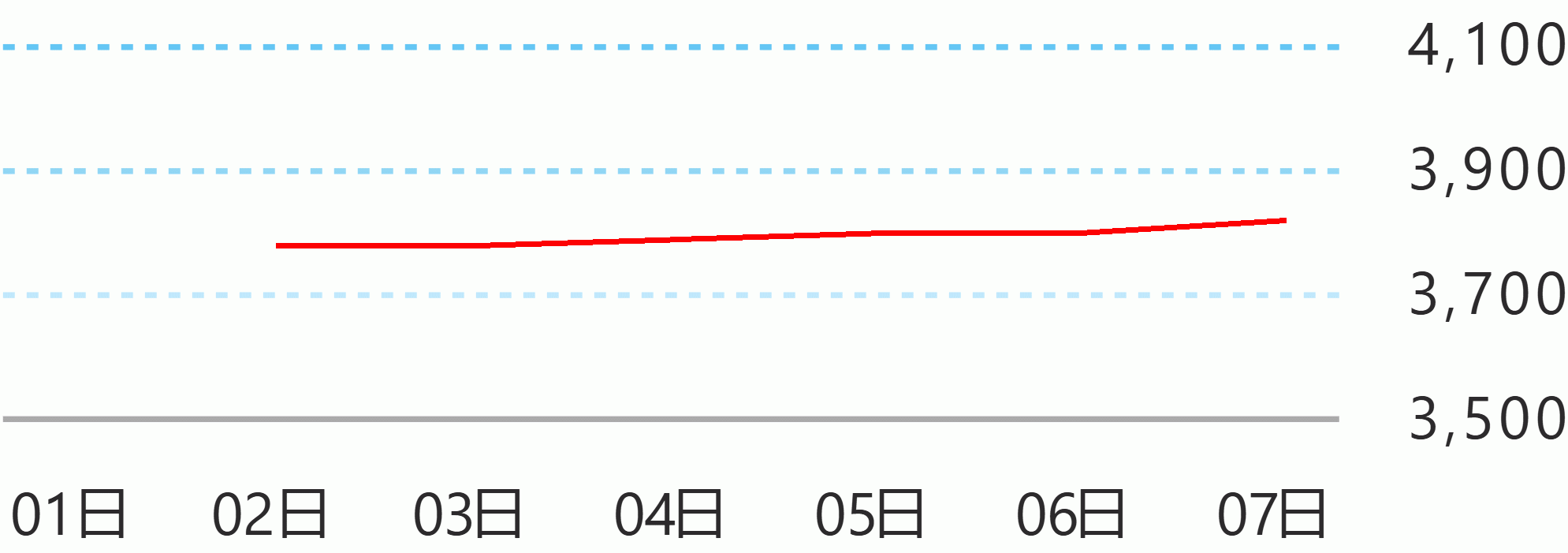On June 12, Ambassador Koshikawa Kazuhiko joined President Rodrigo Duterte and Transportation Secretary Arthur Tugade to witness the actual lowering of the tunnel boring machine (TBM) which will be used for the tunneling works of the Metro Manila Subway Project (MMSP) Phase 1.
Railway simulators for Philippine Railway Institute, granted by the Government of Japan, were also unveiled.
“Today’s lowering of the TBM is such a huge turning point. Once the TBM is set in motion, it will unveil a new era in the history of Philippine railway. I would therefore like to express my sincere appreciation to the President, Secretary Tugade, DOTr officials and contractors for the extraordinary dedication and efforts to make this subway system a reality,” Ambassador Koshikawa said during the ceremony.
“Japan has provided the Philippines with a state-of-the-art simulator under the Grant Aid Program, because we know that human resource development is essential for the safe and long-term operation of railway systems. Japan takes pride in contributing to the construction of Metro Manila Subway Project. And we feel more than honored to be a major partner of the Philippine government in its bid to provide a more comfortable and convenient life to as many Filipinos as possible through infrastructure development,” he added.
The MMSP, dubbed as ‘Project of the Century’, will reduce travel time between Valenzuela City and Ninoy Aquino International Airport (NAIA) from one hour and 10 minutes to just 35 minutes.
Japan’s assistance, through a variety of ODA support, will provide the Philippine government funds to build this quality infrastructure utilizing Japan’s 27,000km railway experience and broad knowledge gained through the years.
A total of 25 TBMs, manufactured by JIM Technology Corp. in Tsurumi, Kanagawa Prefecture will be used for the entire MMSP. Japan Information and Cultural Center




 English
English









